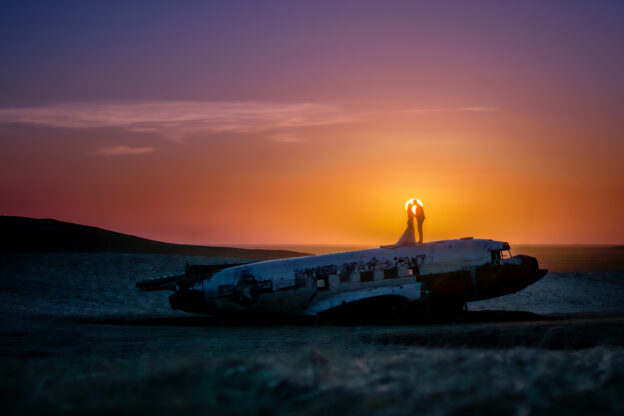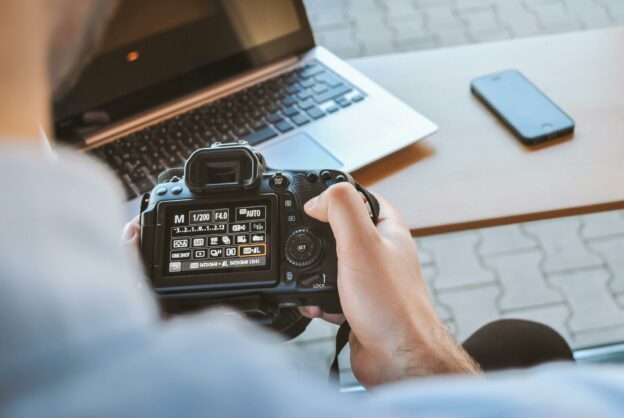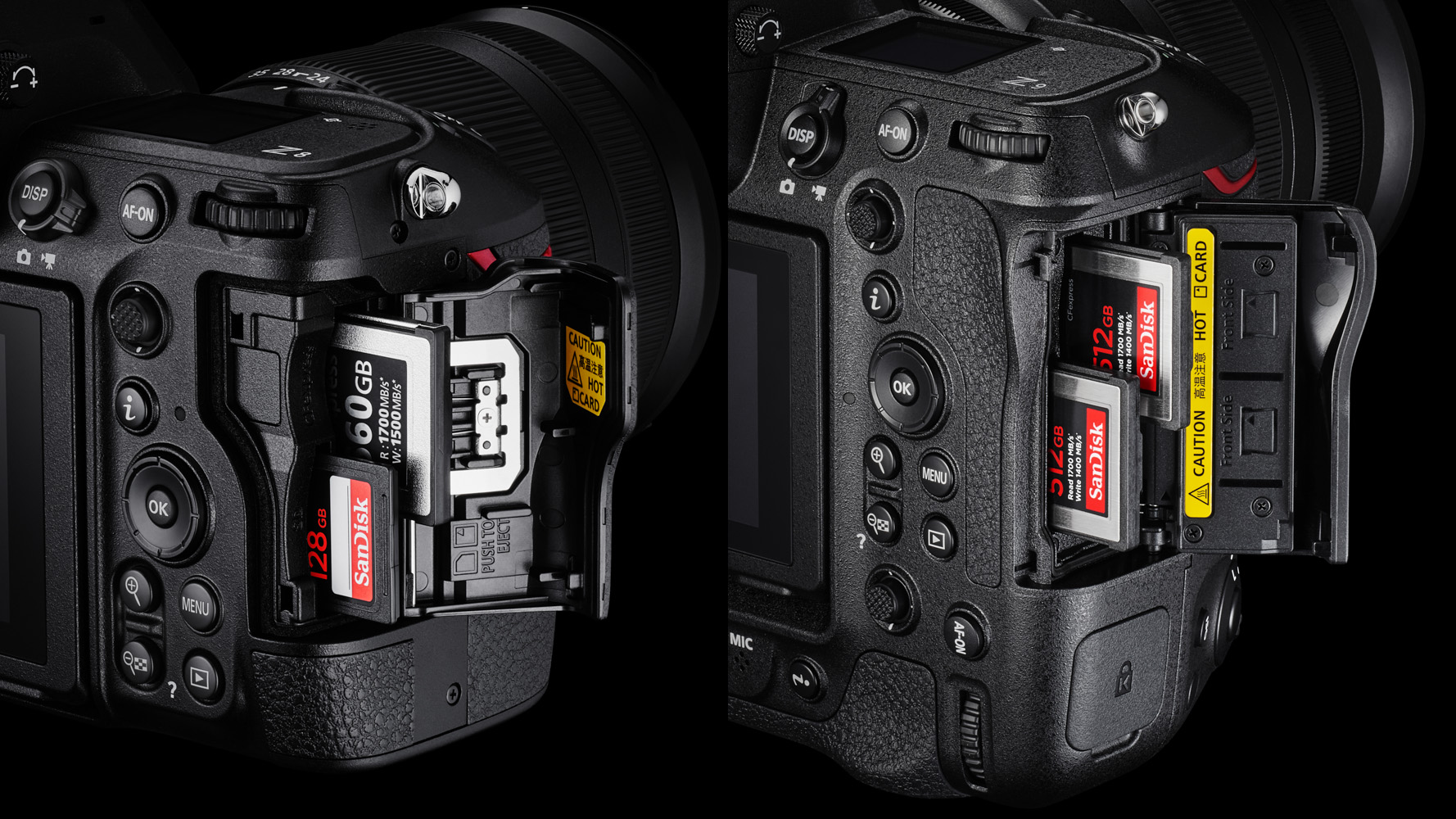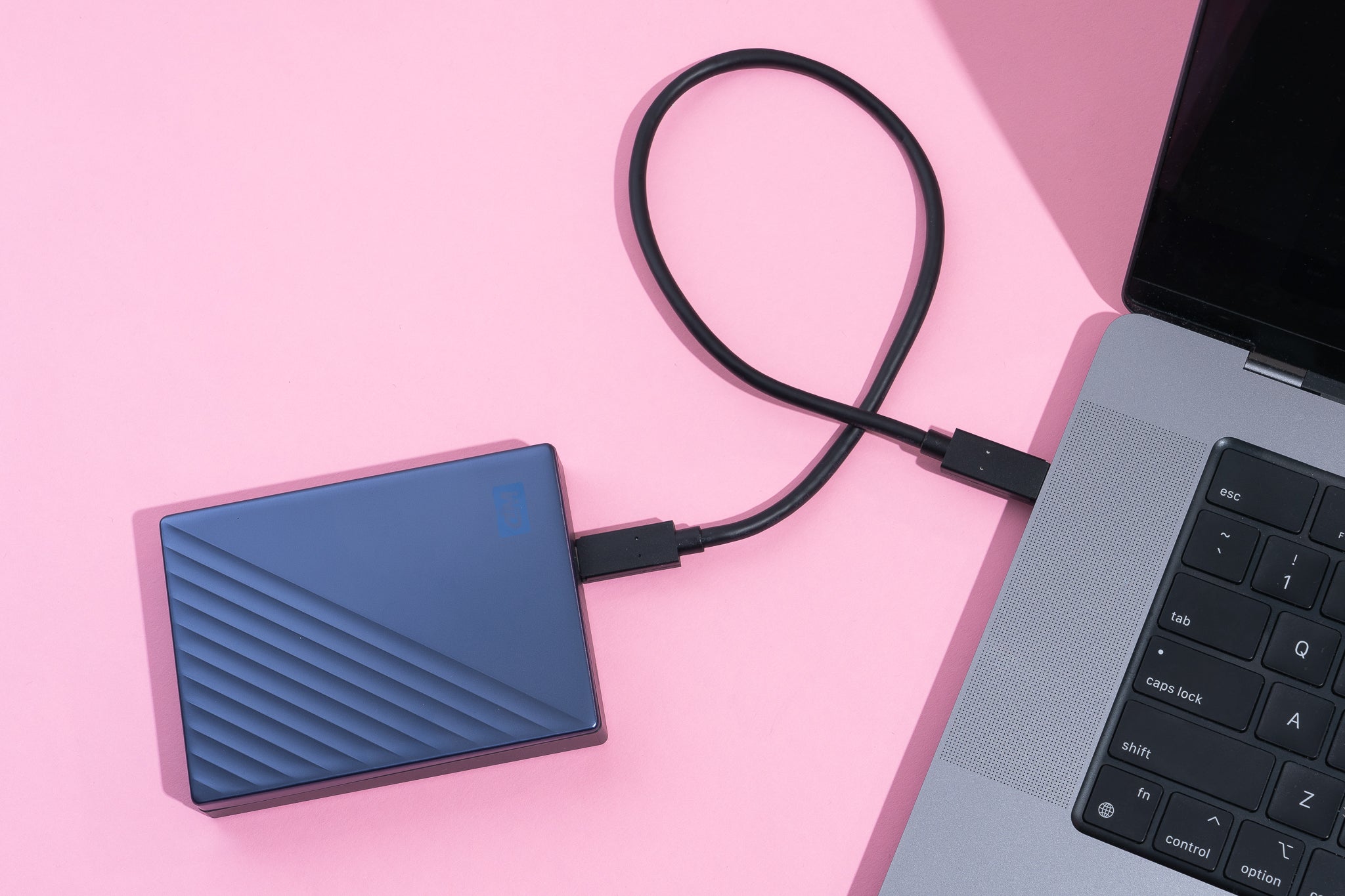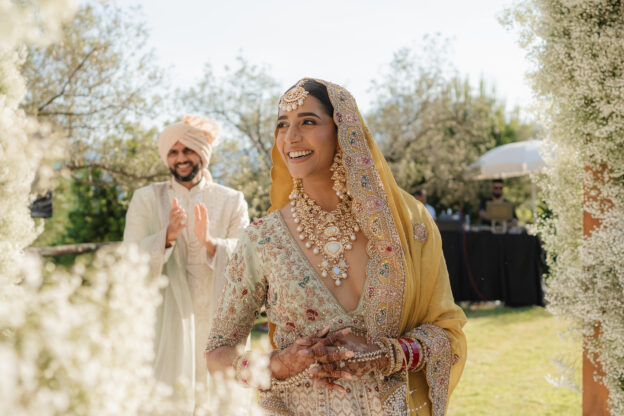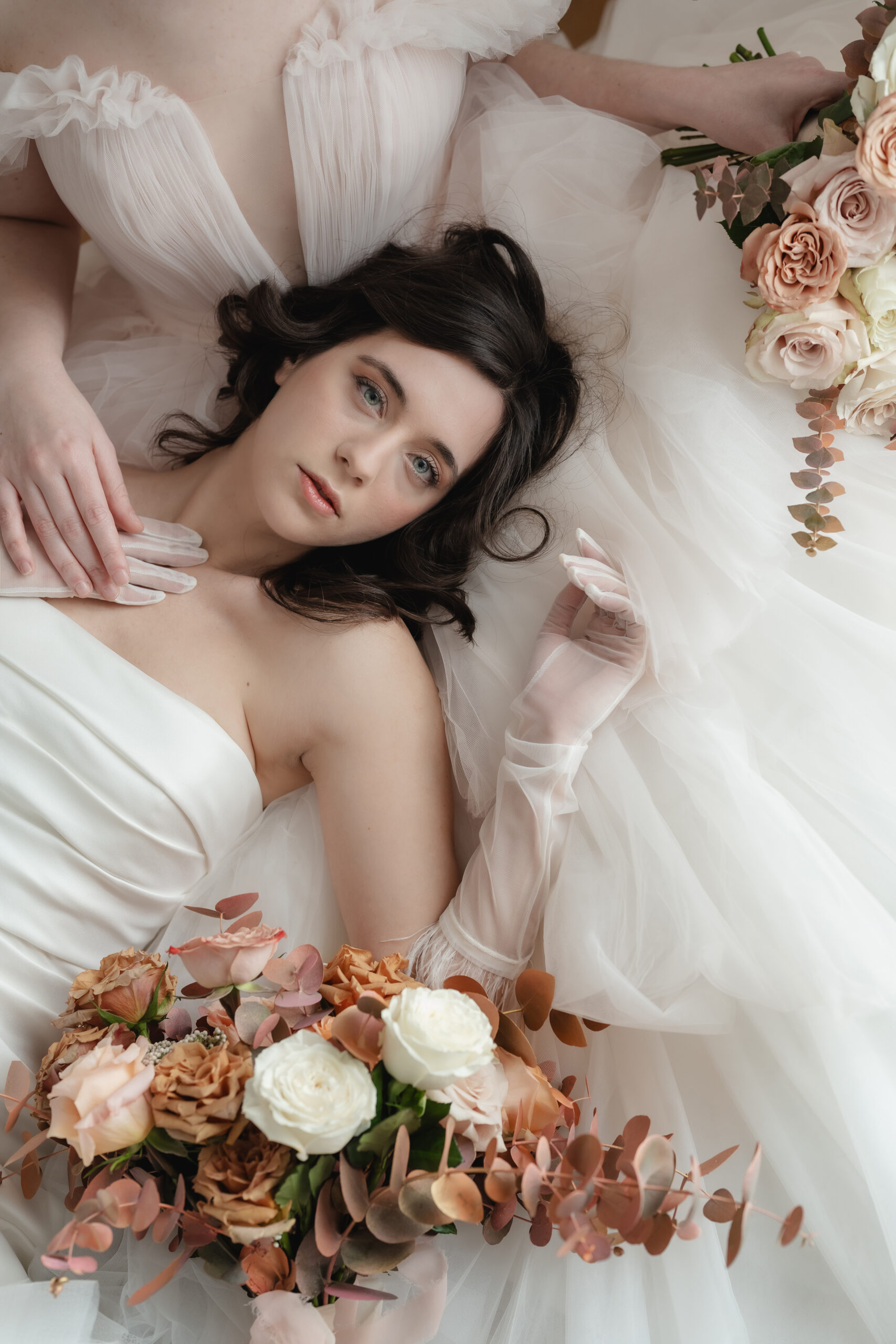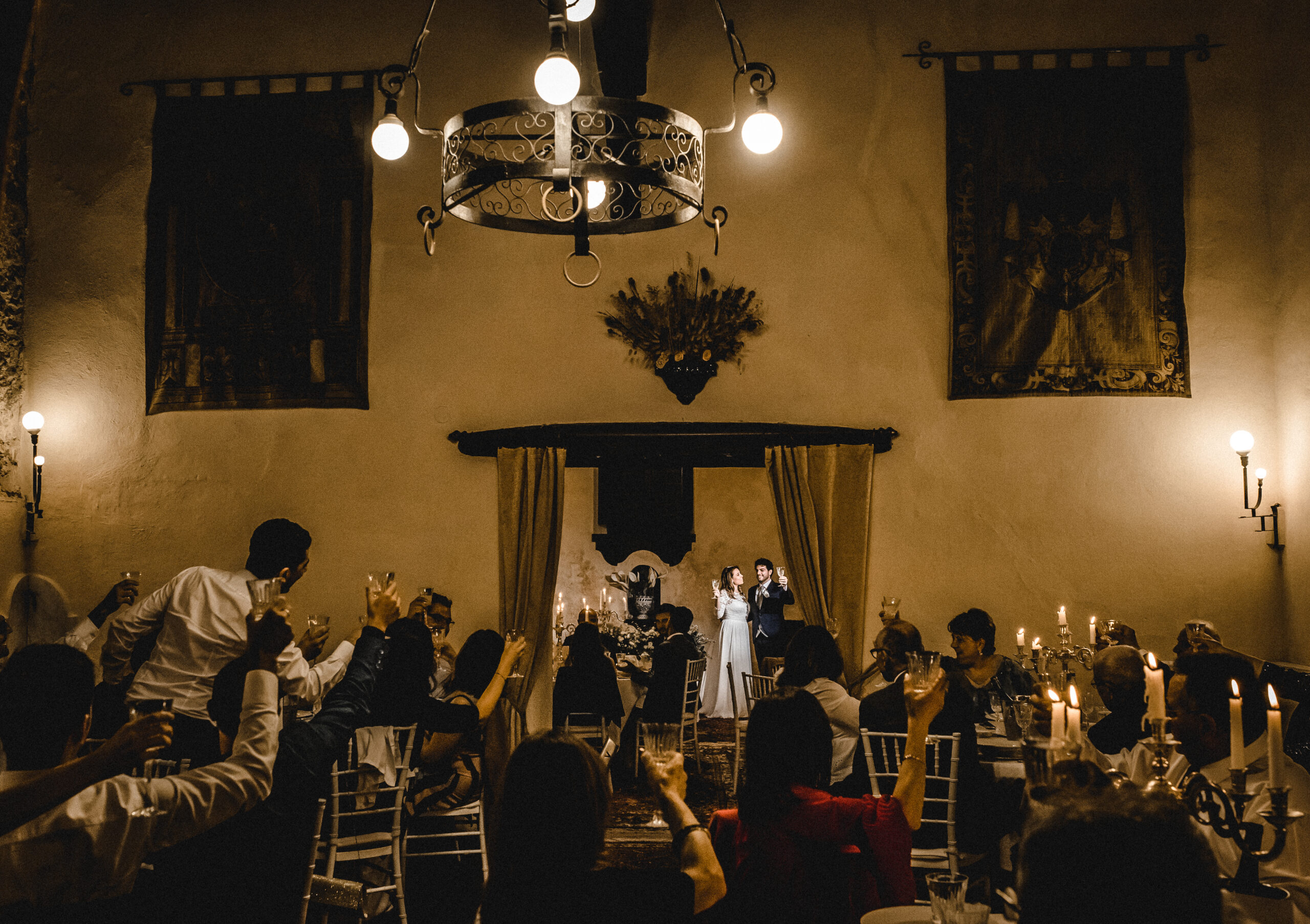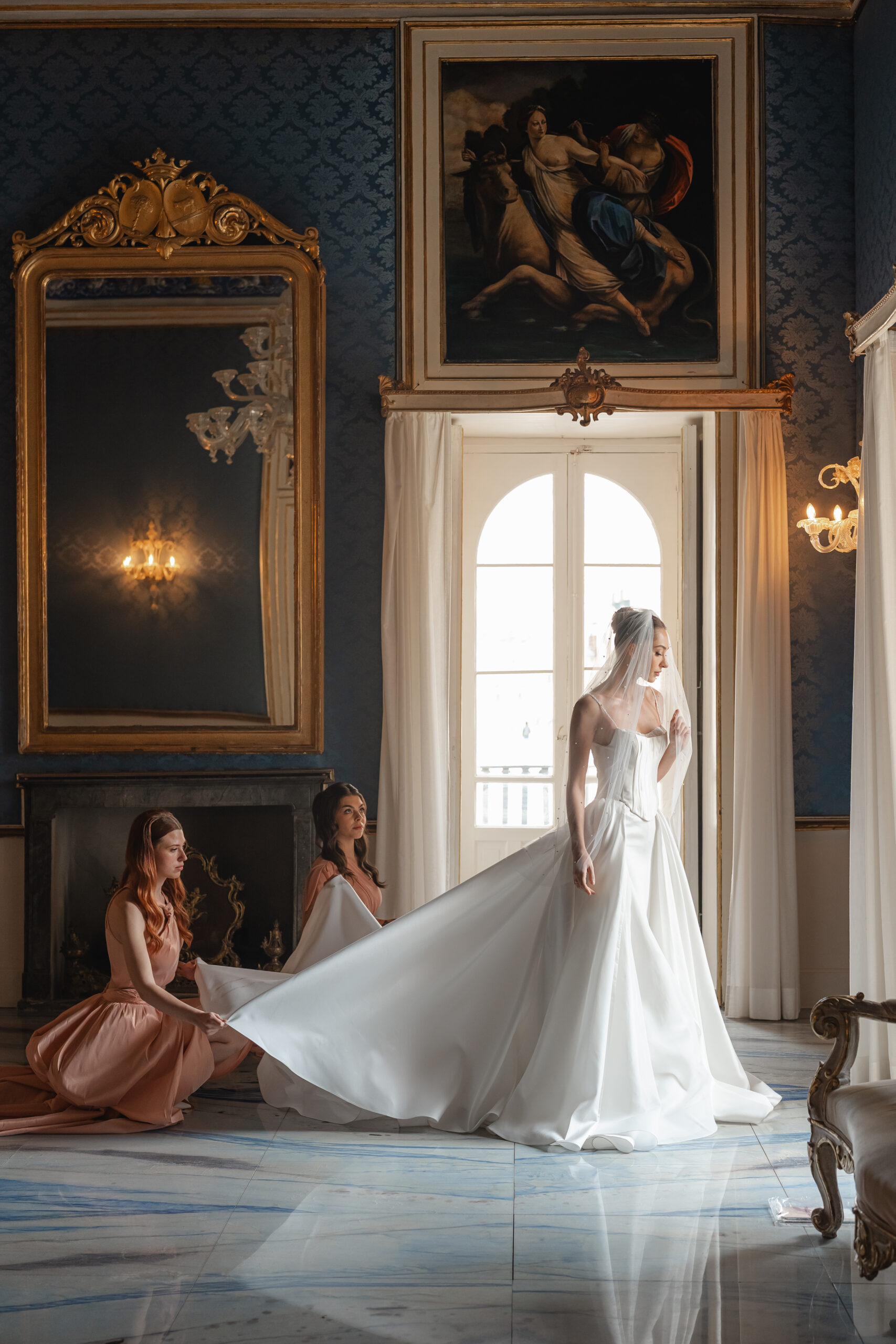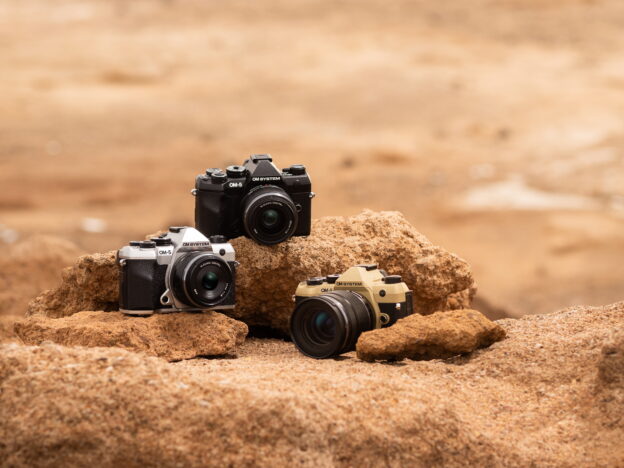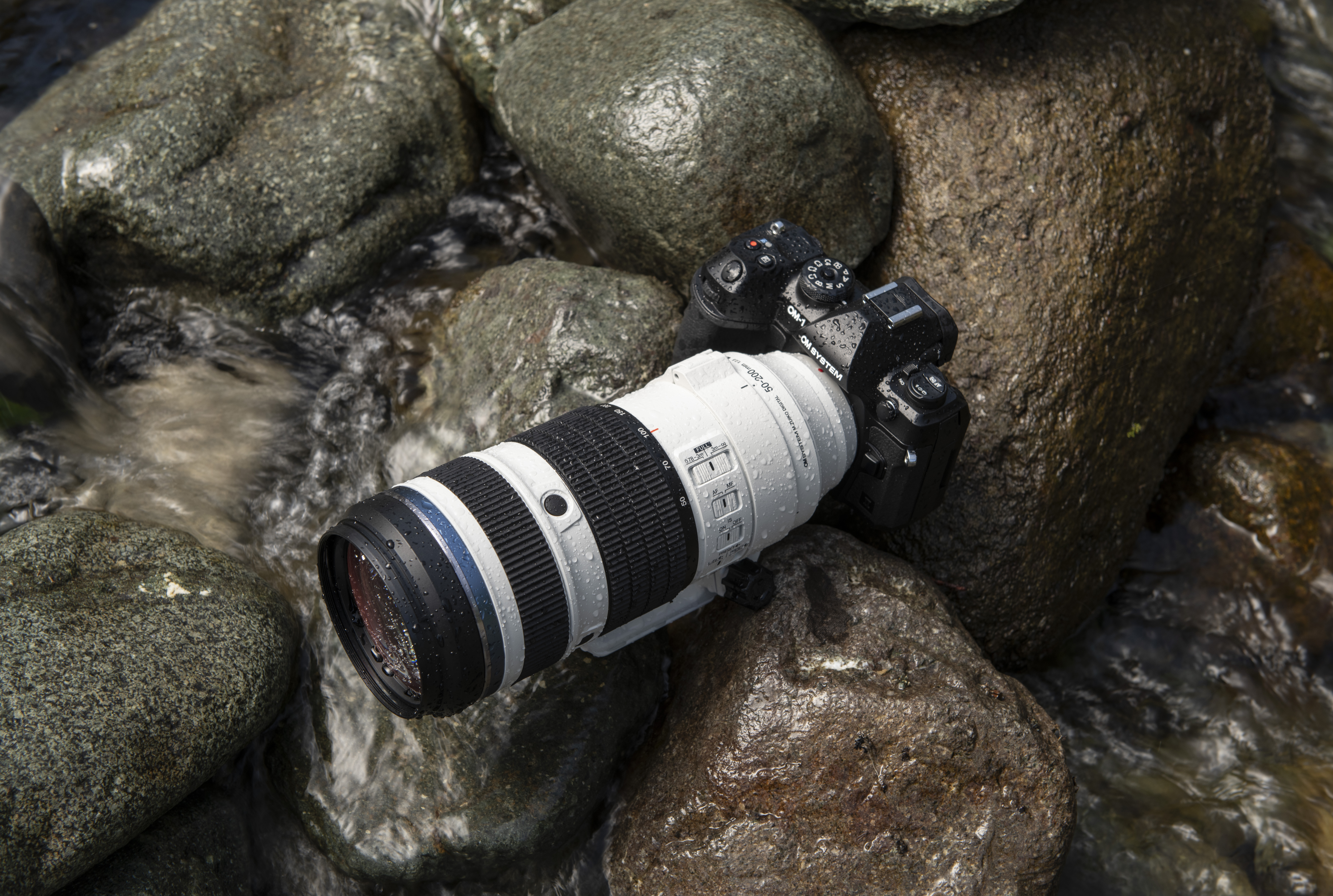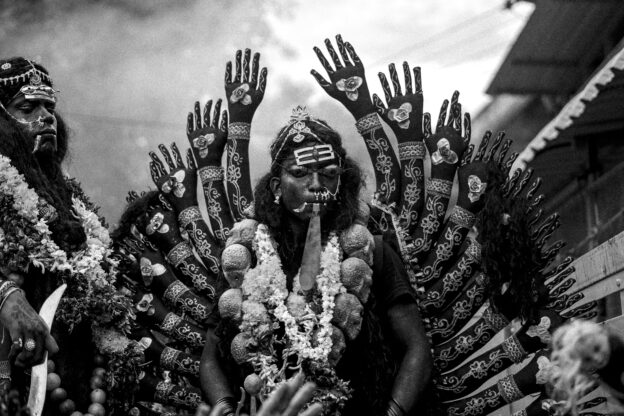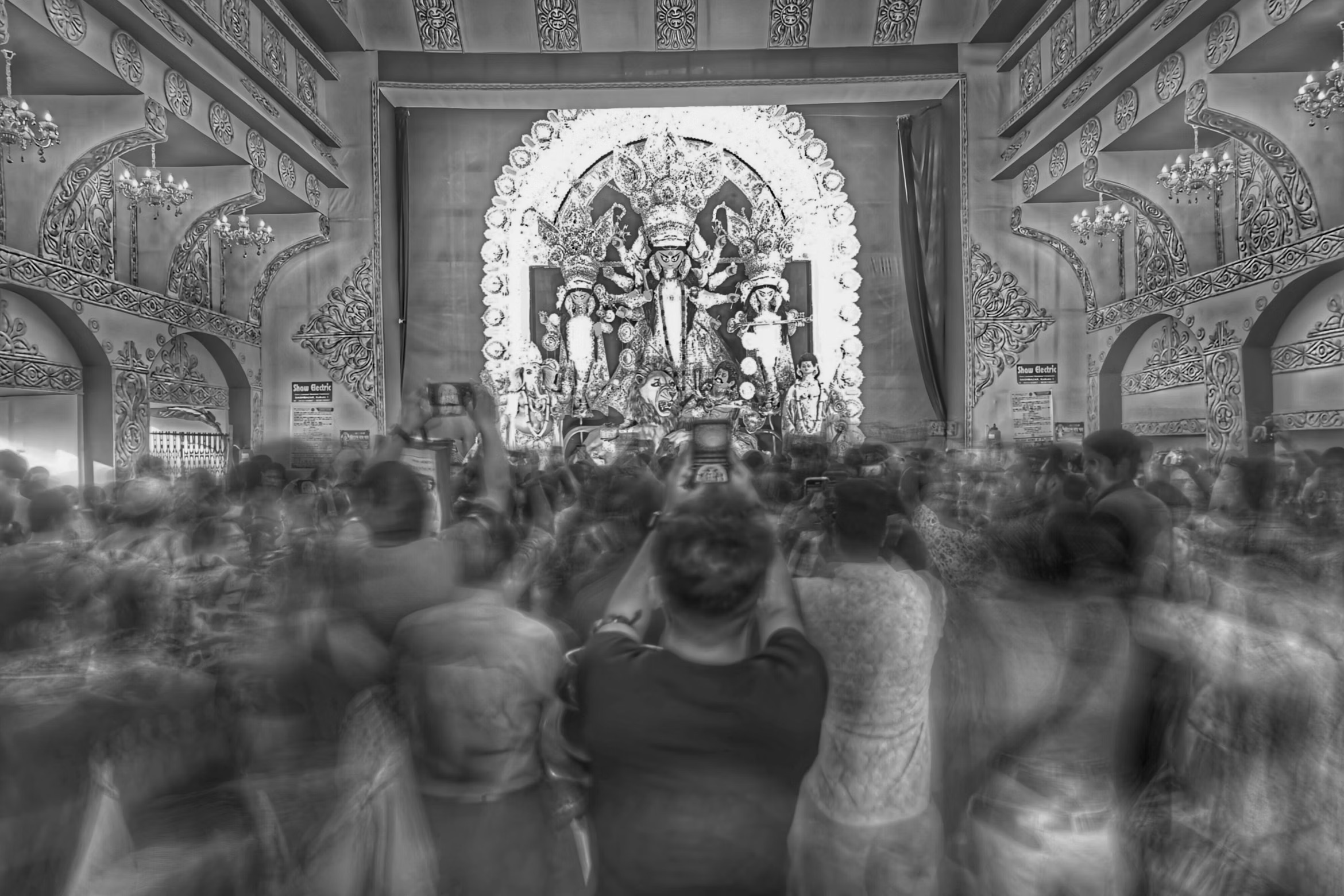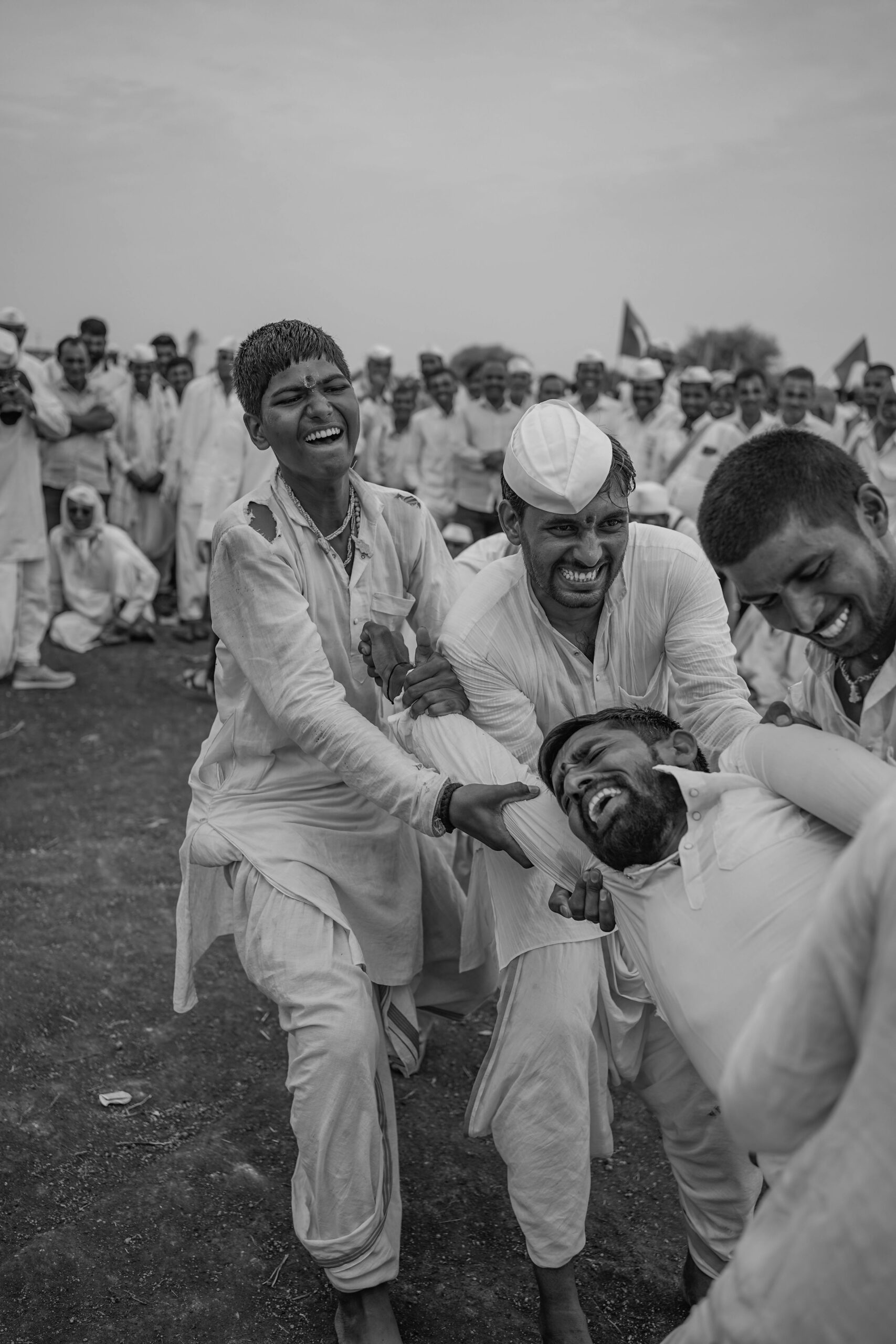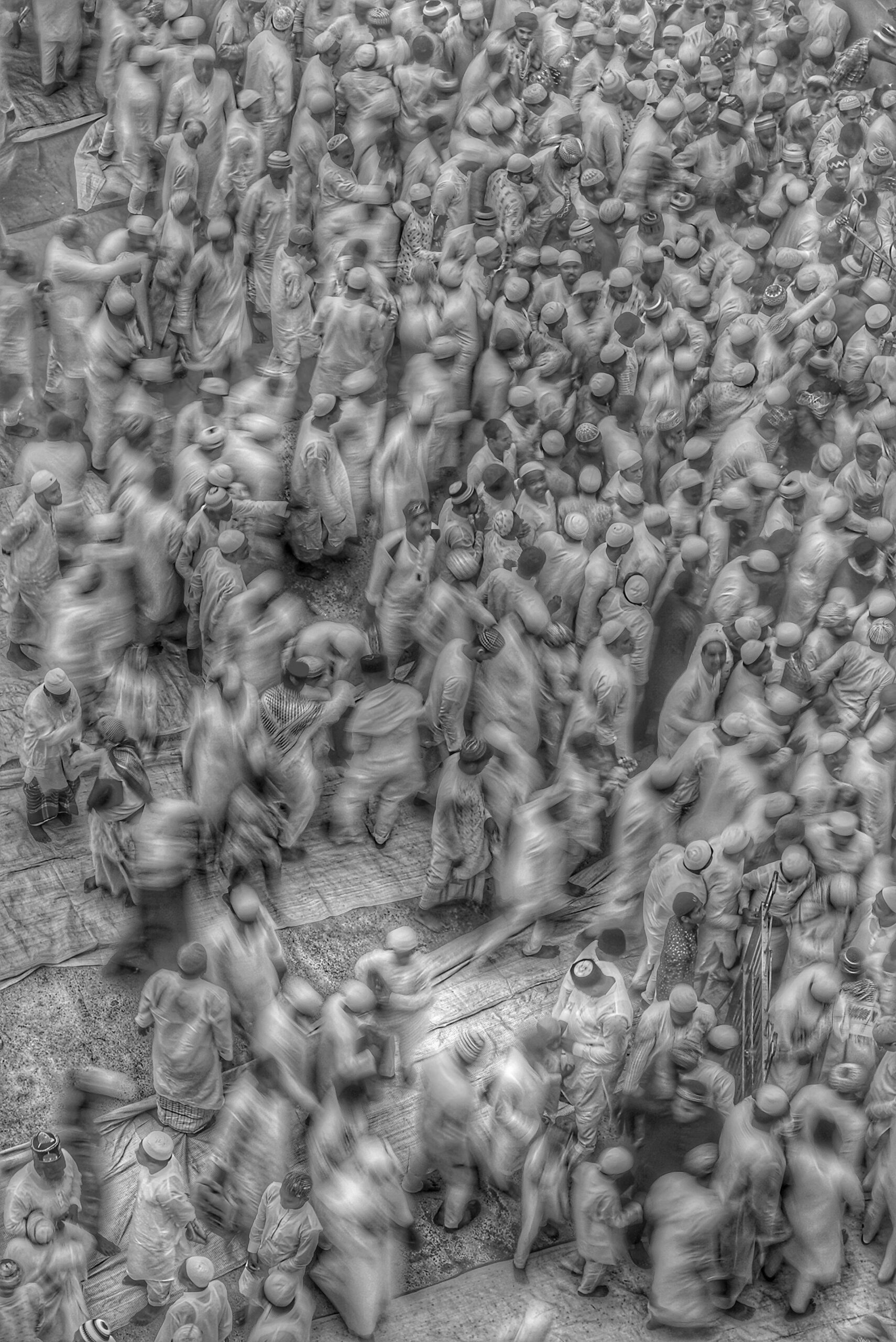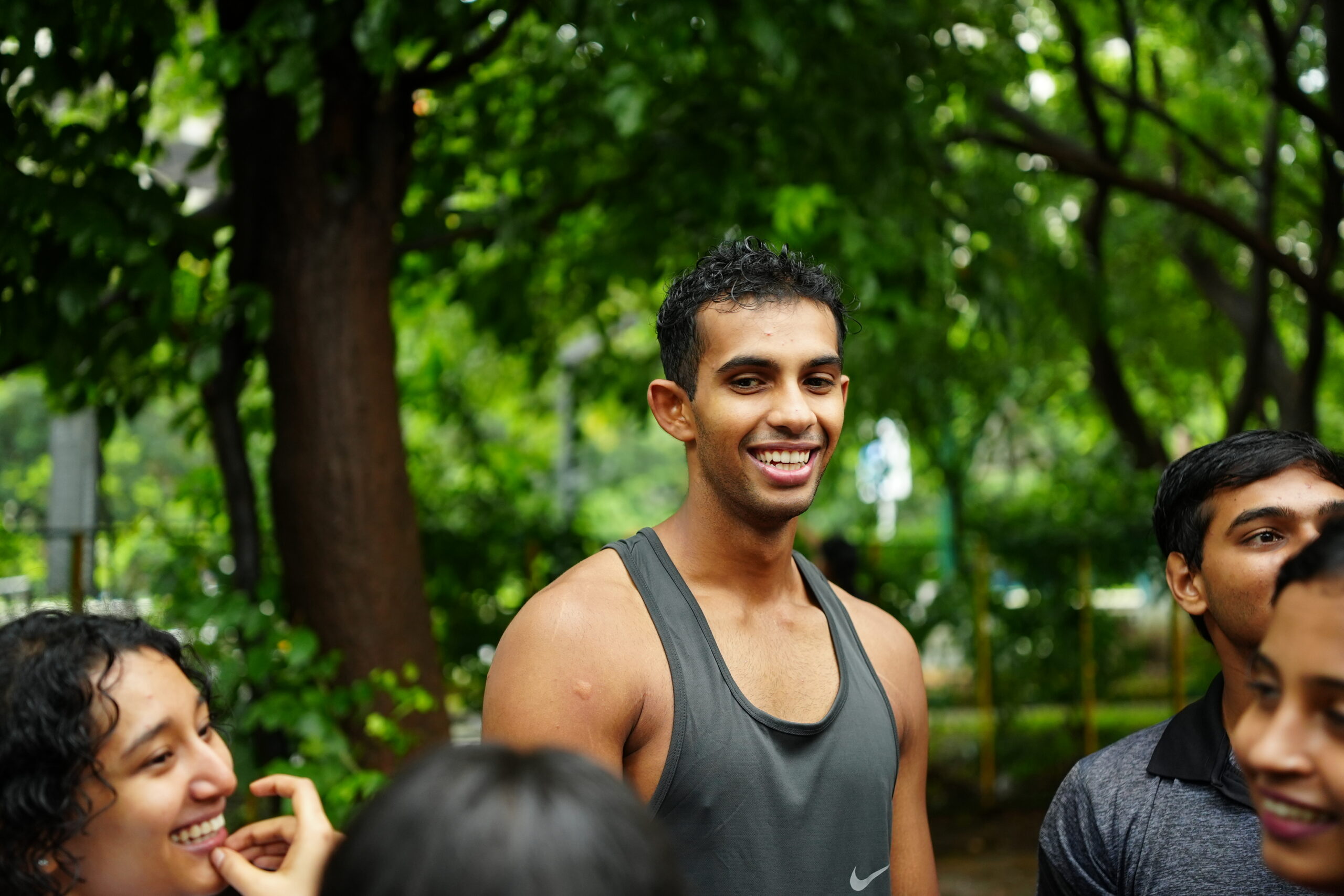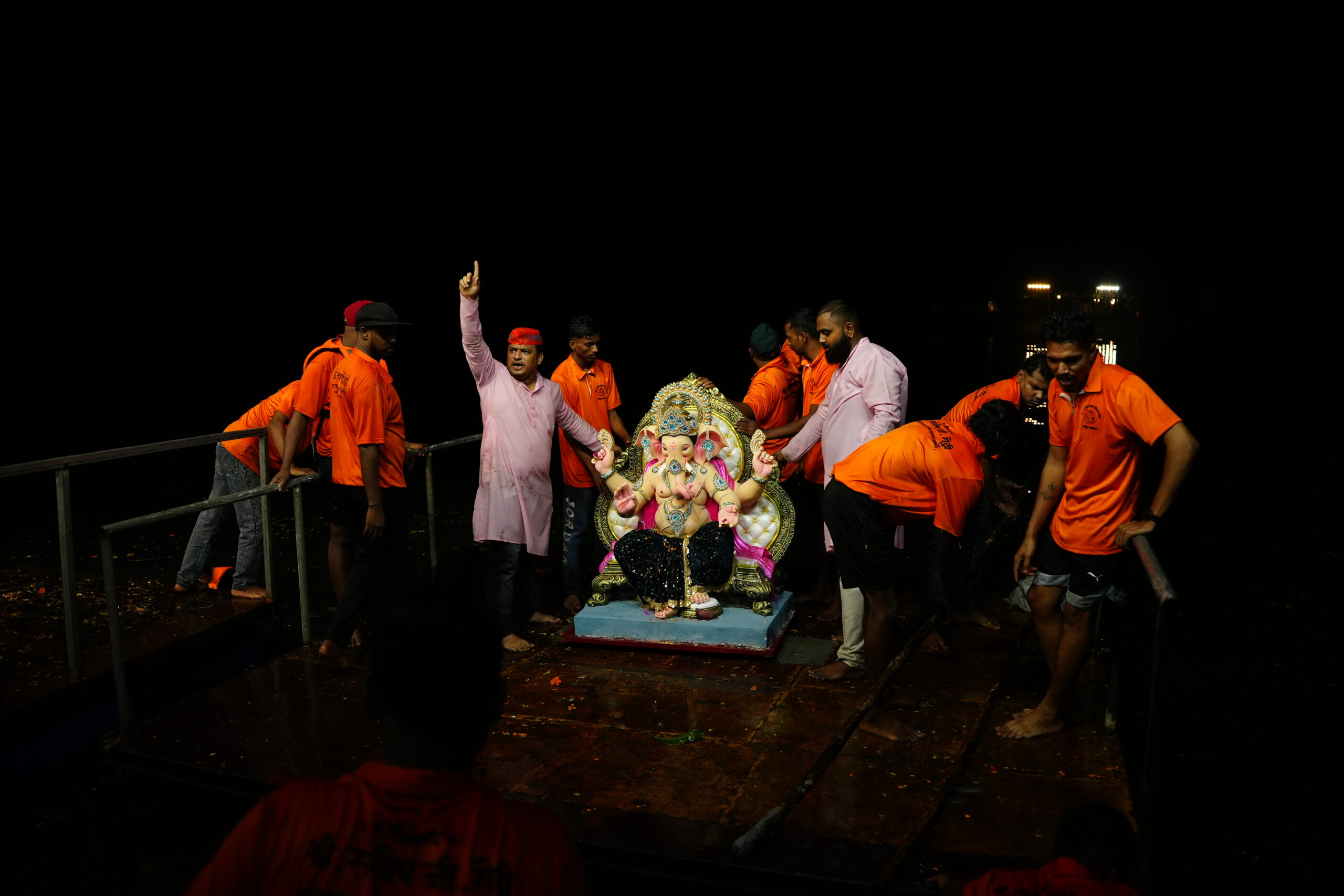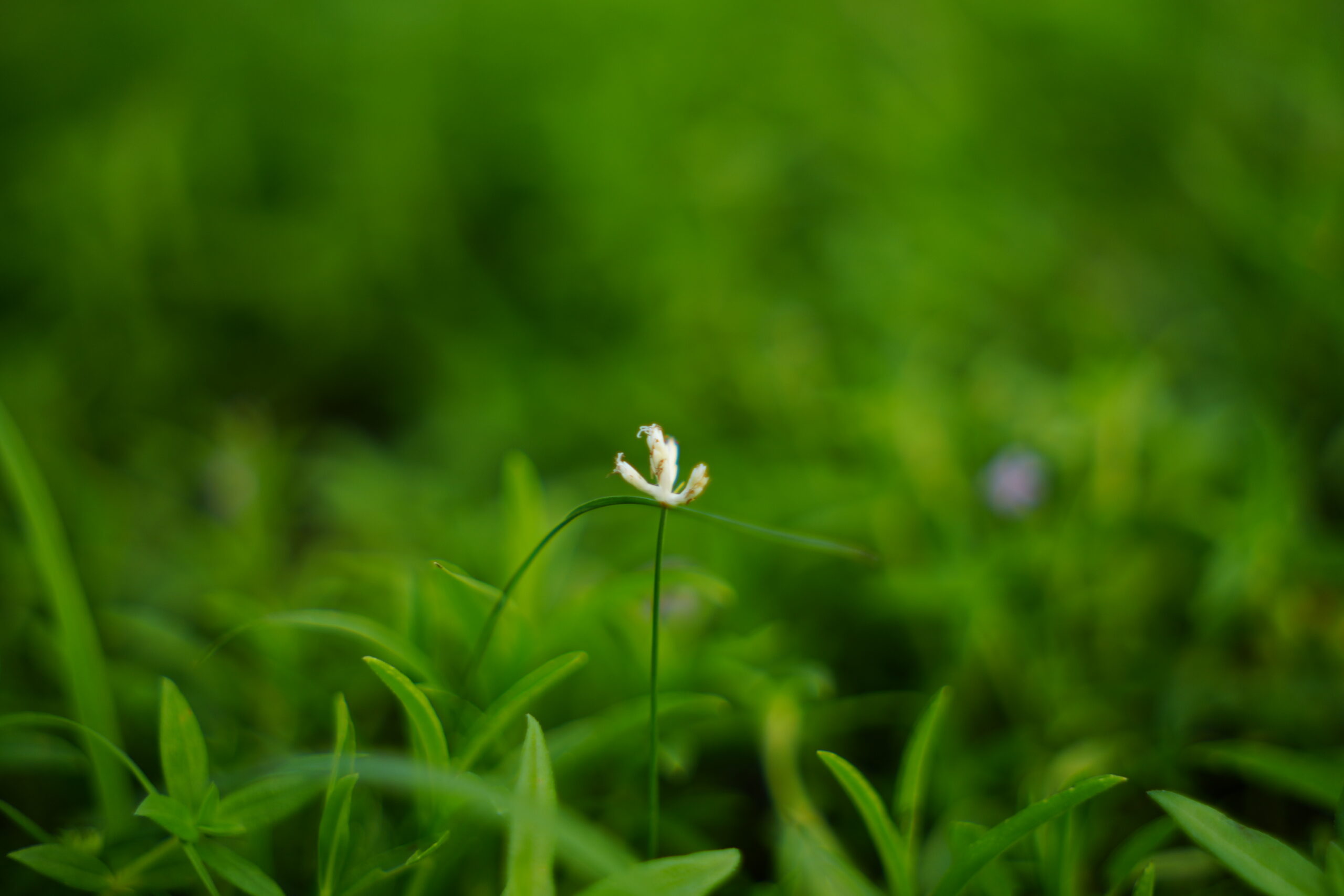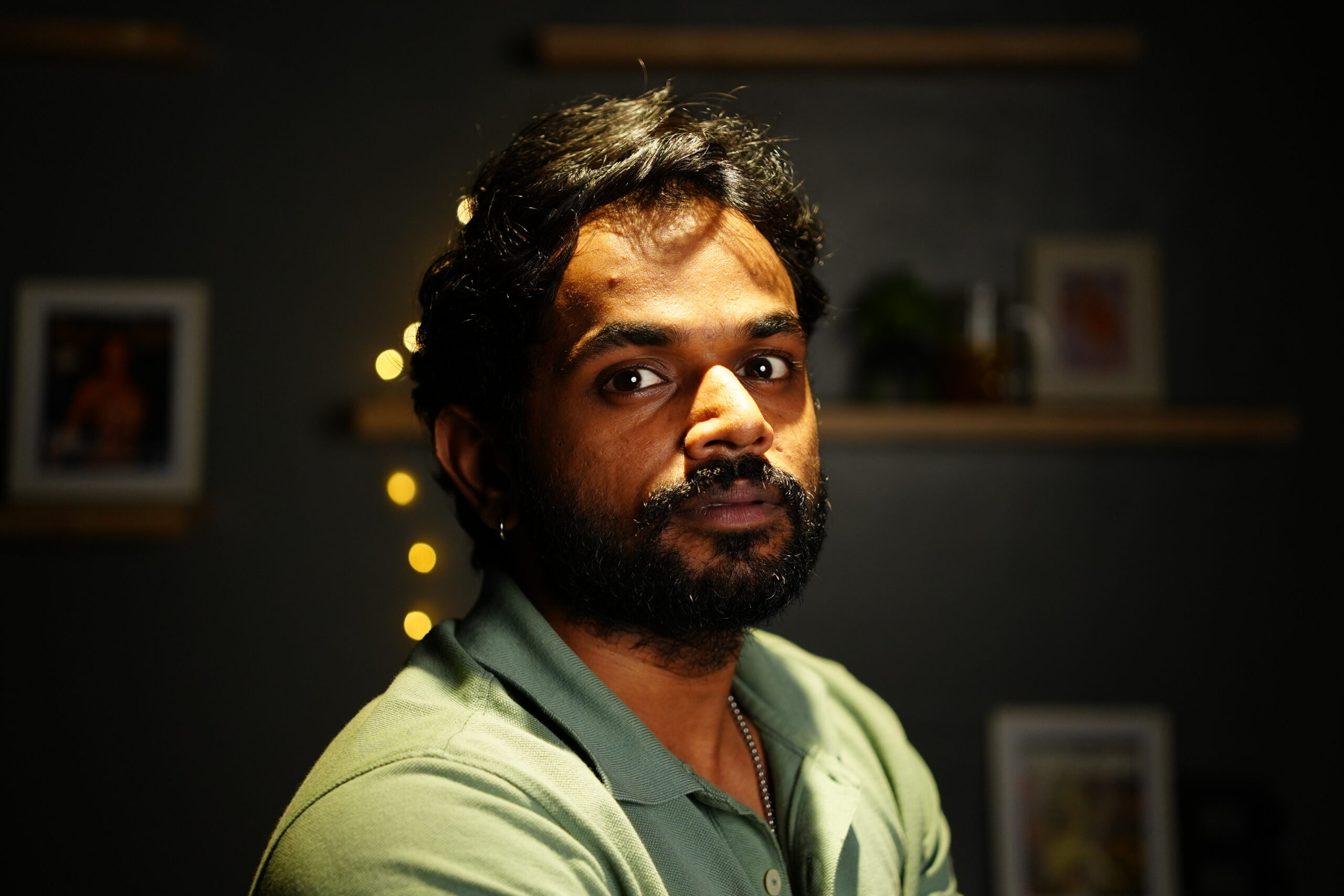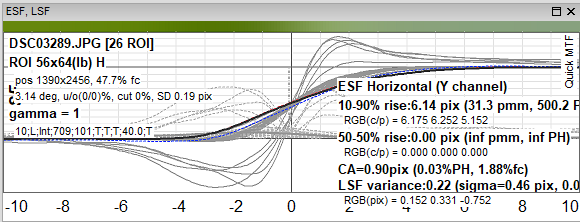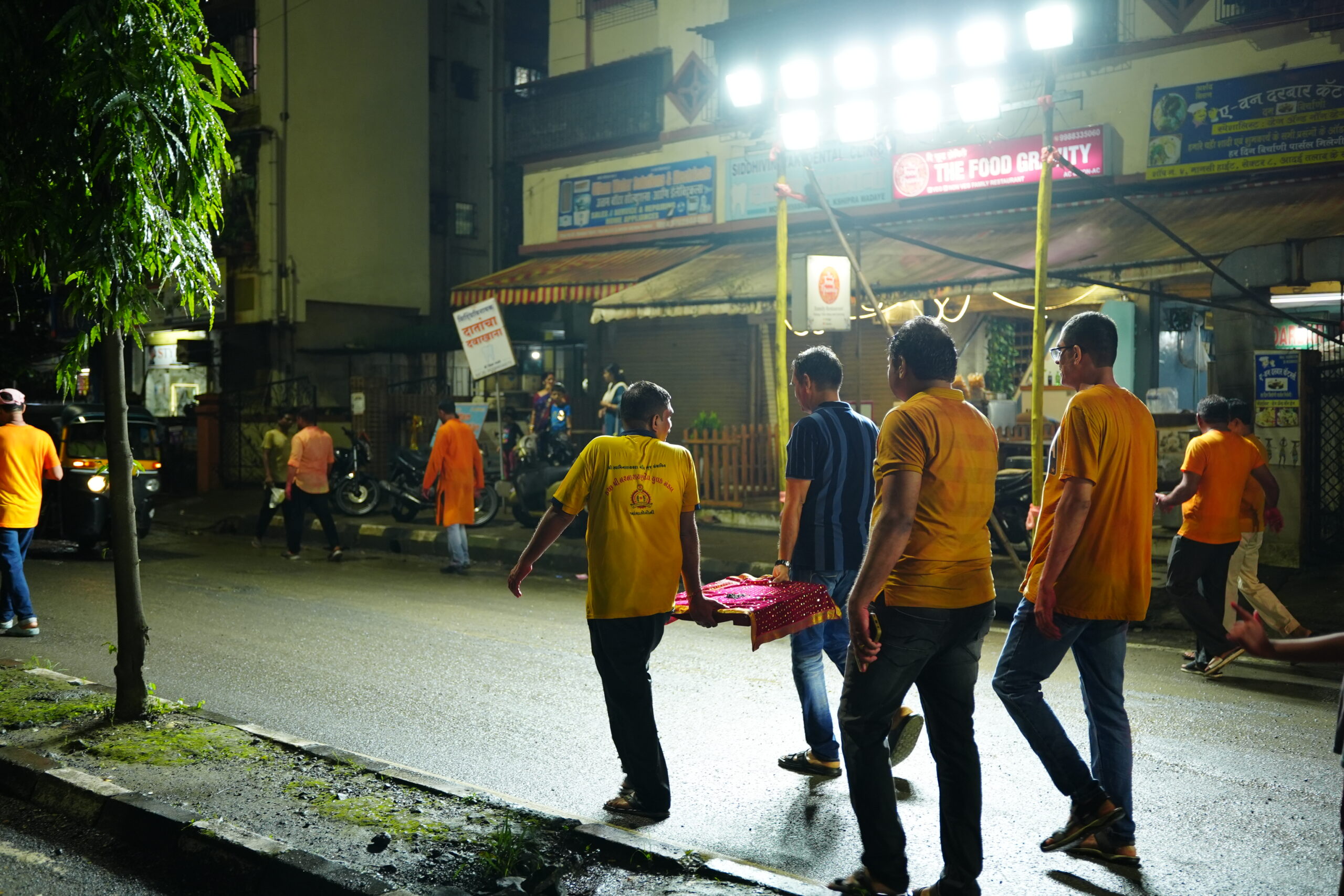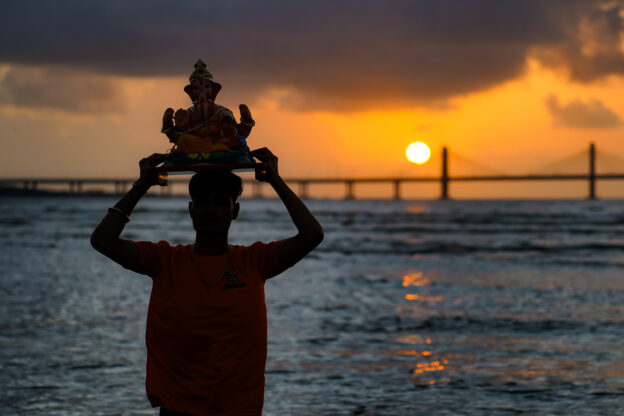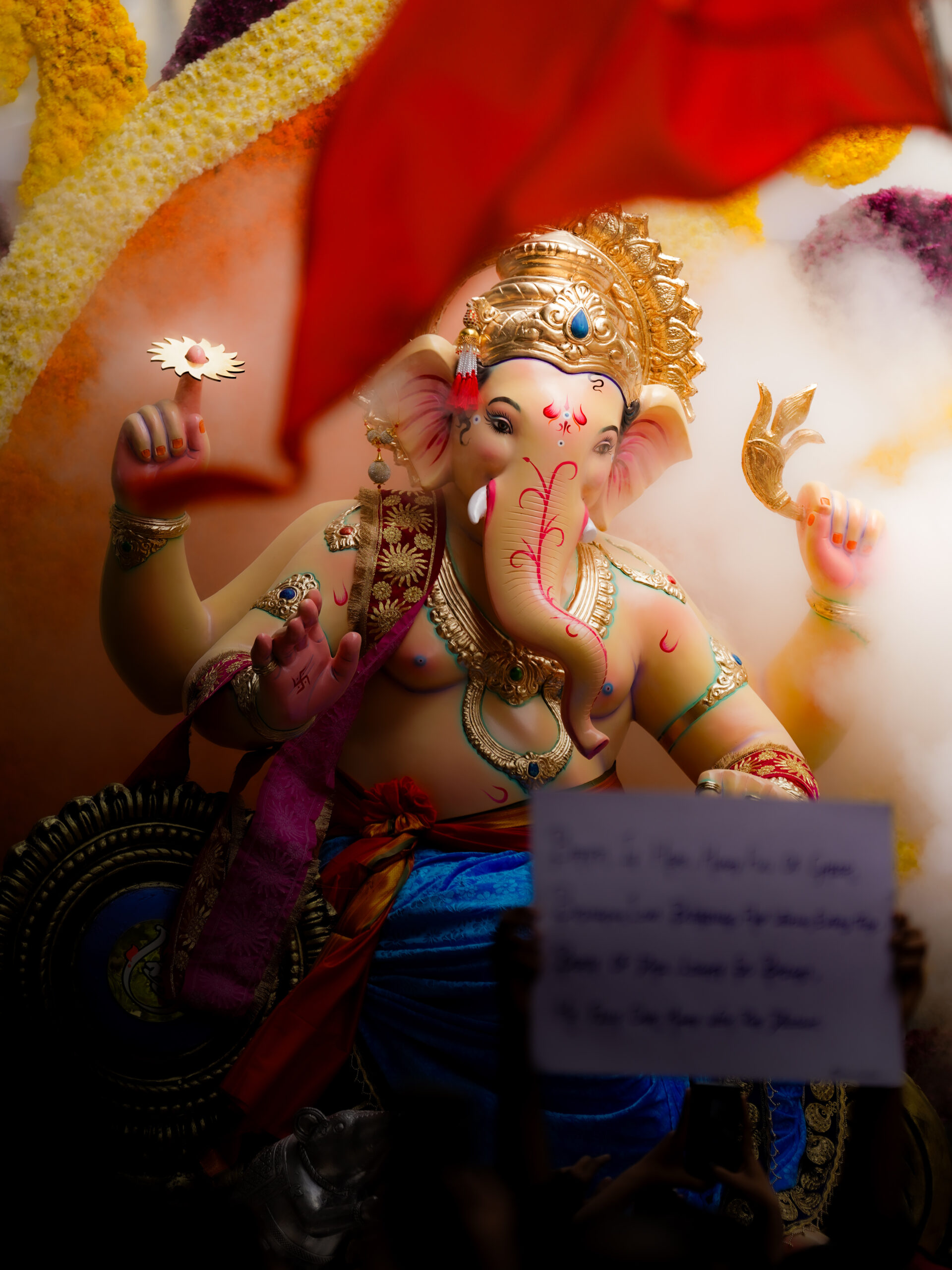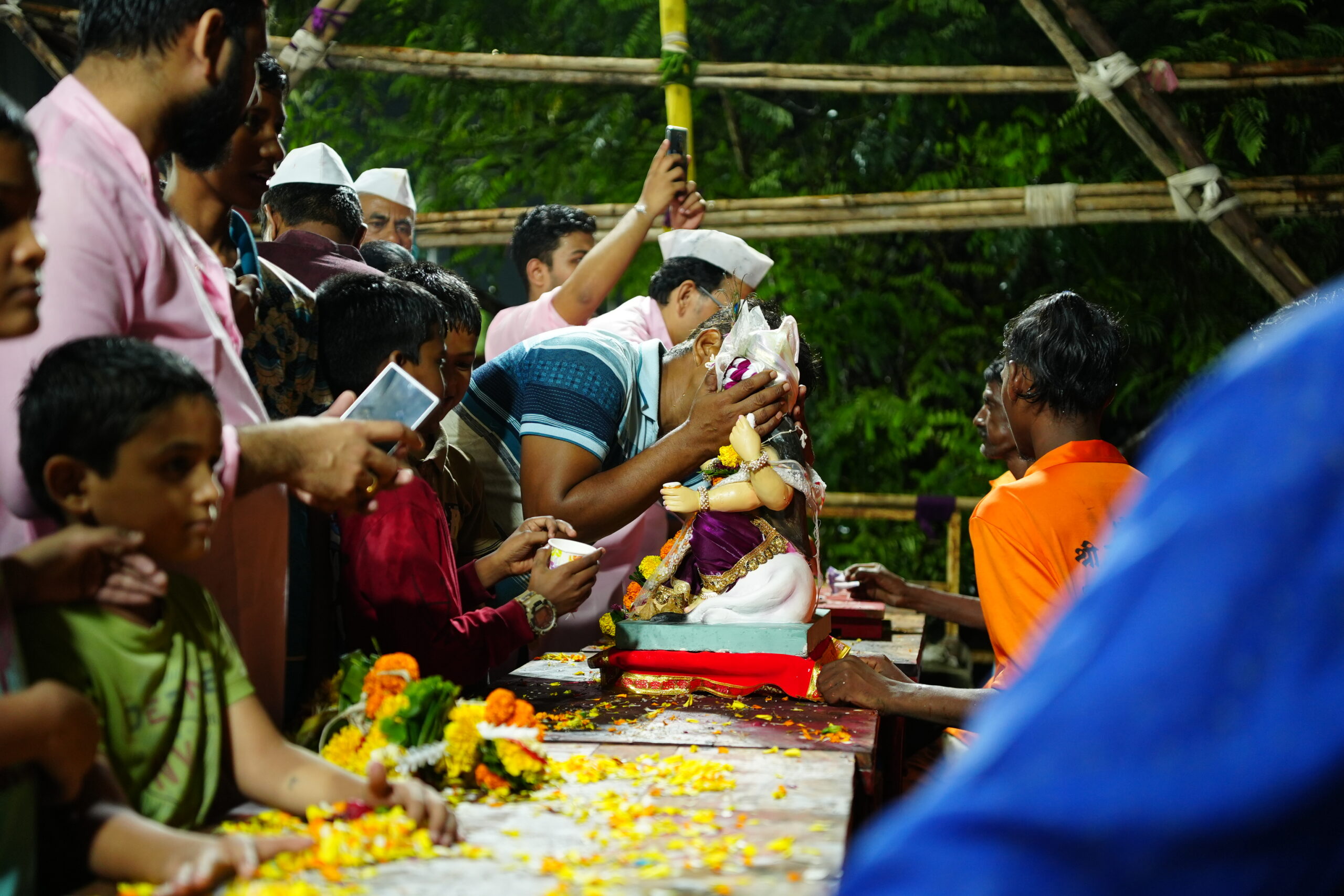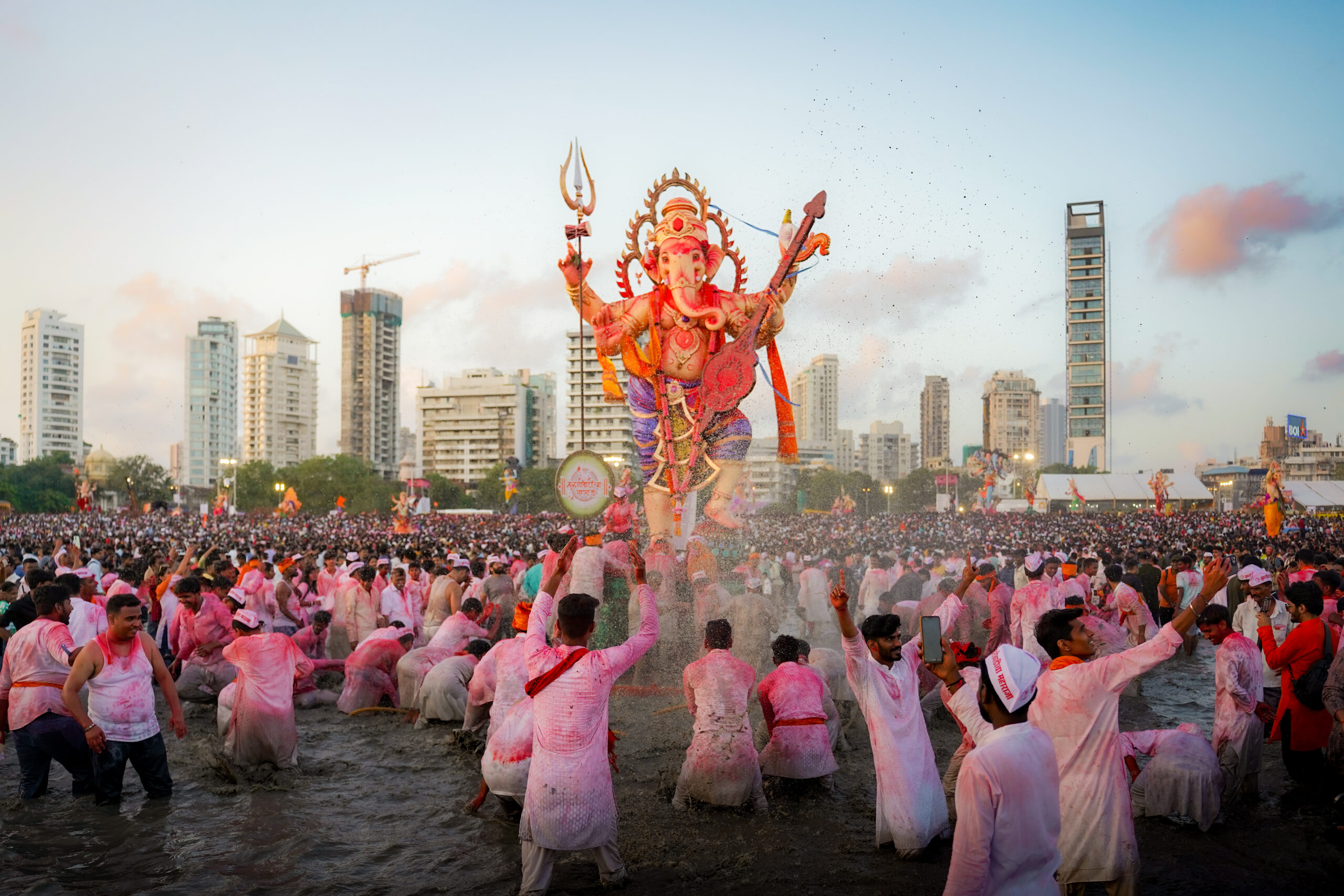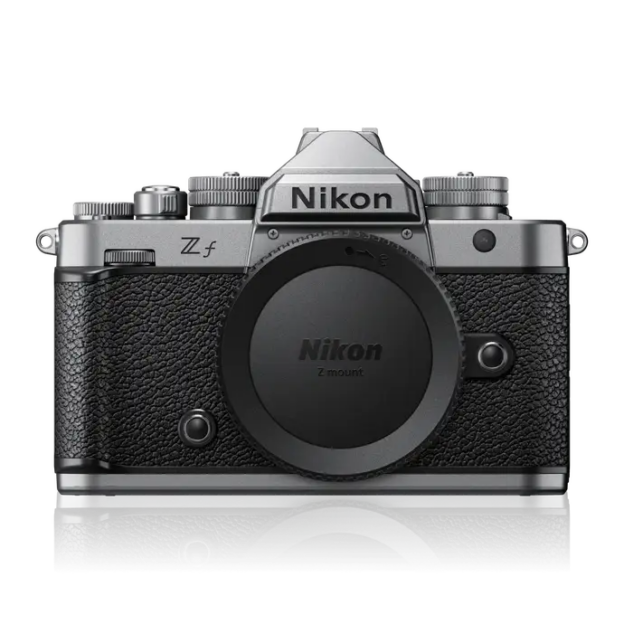
Tom Tomeij is a Dutch wedding photographer who went from managing a hospital and photography on the side, to creating priceless memories for couples full time. Started with family and built over a decade, his work captures the precious moments of matrimony masterfully, alongside couple portraits that are a work of art in themselves.
Asian Photography spoke to him about challenges, team-building, future work, work day spontaneity and more. Excerpts:
How did you first start photographing weddings, especially the creative portraits?
My very first wedding shoot was in 2015, and it felt like a total disaster. It was an October wedding in The Hague at 4:30 PM, and by that time it was already dark outside. The only light came from chandeliers. Back then, high ISO meant heavy noise, so I had no choice but to use flash. The ceiling was ten metres high, so bouncing was impossible, and there were oil paintings everywhere, so I wasn’t allowed to flash off the walls either. In the end, I used a small continuous light on the couple and the officiant, which helped a bit, but honestly, it was pure stress.
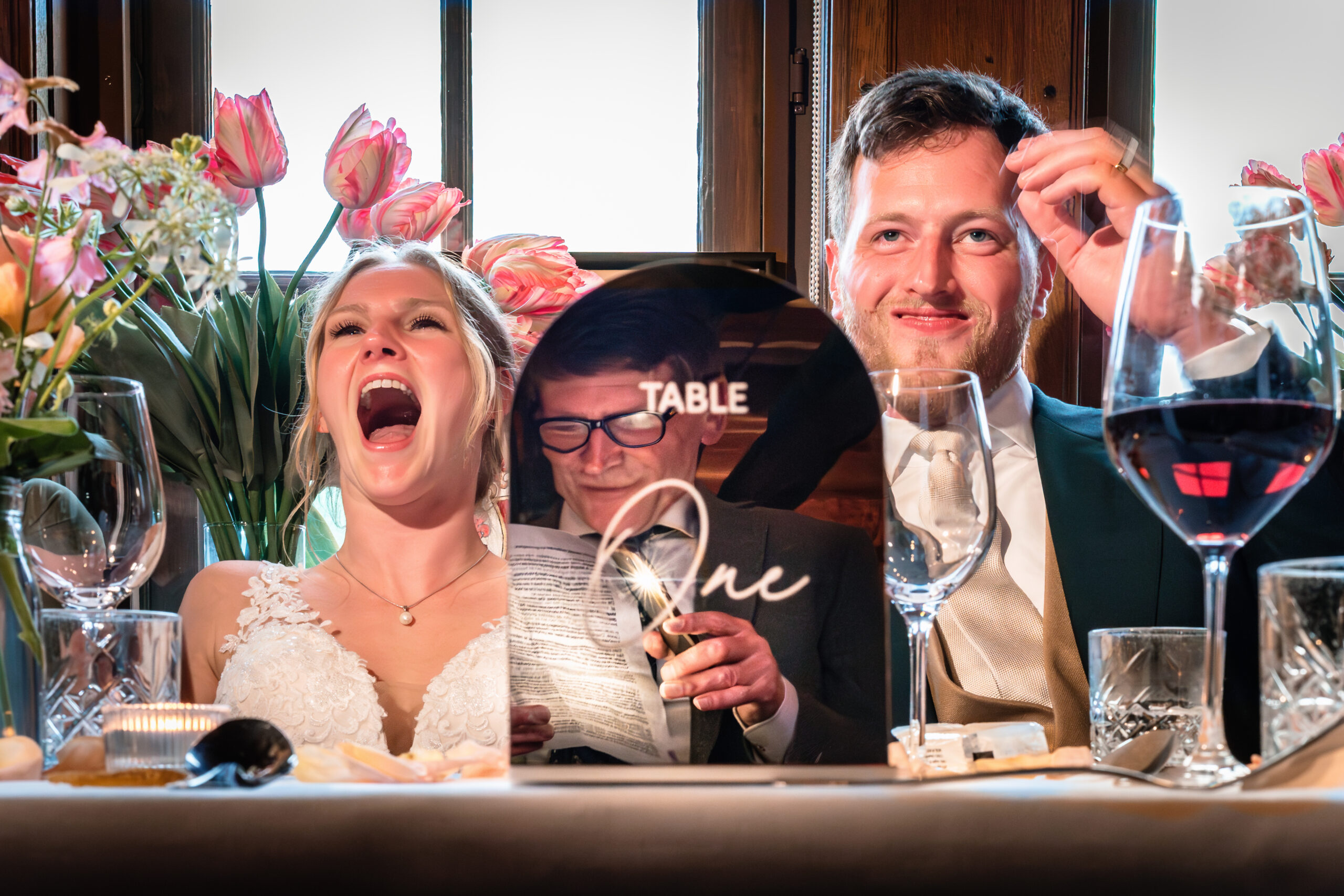
My father and two sisters were already doing wedding videography for two years, so we decided to join forces and offer both photo and film, captured by one family. That became a strong USP and made me go from shooting 18 weddings in the first year to shooting over 100 per year only three years down the line.
When it came to portraits, I’ve always loved playing with concepts and abstract forms. I like reading shapes and balancing them with complementary light and colour. For me, a strong photo comes down to light, composition, and moment. I also believe our eyes are naturally drawn to the brightest part of an image, so if your subject is placed there, you’ve got a technically solid base. The next step is storytelling.
I always work with a mental checklist of 10 to 15 elements. The more knowledge you have, the faster you can see solutions. Conditions are rarely ideal, but if you know how to handle them, that’s when the most unique images are born.
Can you share a memorable challenge you’ve faced on a wedding day and how you handled it?
I could probably write a book about that! I often go pretty far to get the image I have in mind, sometimes a little too far. I’ve stood knee-deep in puddles, completely soaked, or laid flat on the ground only to realise my light grey pants were ruined!
I’ve also torn my pants multiple times during weddings. You squat, kneel, move fast, it happens. Once, during a first look, I ripped them open completely from front to back. Back then, I didn’t know the golden rule yet: Always carry a spare outfit.
So, with my face turning red, I asked the wedding planner if she happened to have a needle and thread. She didn’t, but there was a stapler. So I stapled my pants back together and later borrowed a pair from her husband. It was hilarious in hindsight, though definitely not at the time.
Let’s just say I’ve had a few even crazier moments, but those are stories I probably shouldn’t share here, haha!
How do you plan to shoot spontaneous and fun moments on a wedding day?
You can’t really plan spontaneous moments, but you can definitely create the conditions for them. You’ve to be alert and know where to look. Anticipation is everything, I always shoot through moments rather than at them, meaning I keep shooting as things unfold. You learn to recognise when those moments are likely to happen: walking away from the altar, during the first look, on the dance floor, or during party games. Those are the times to stay focused, move with the action, and make sure your settings and perspective fit the energy of the scene.
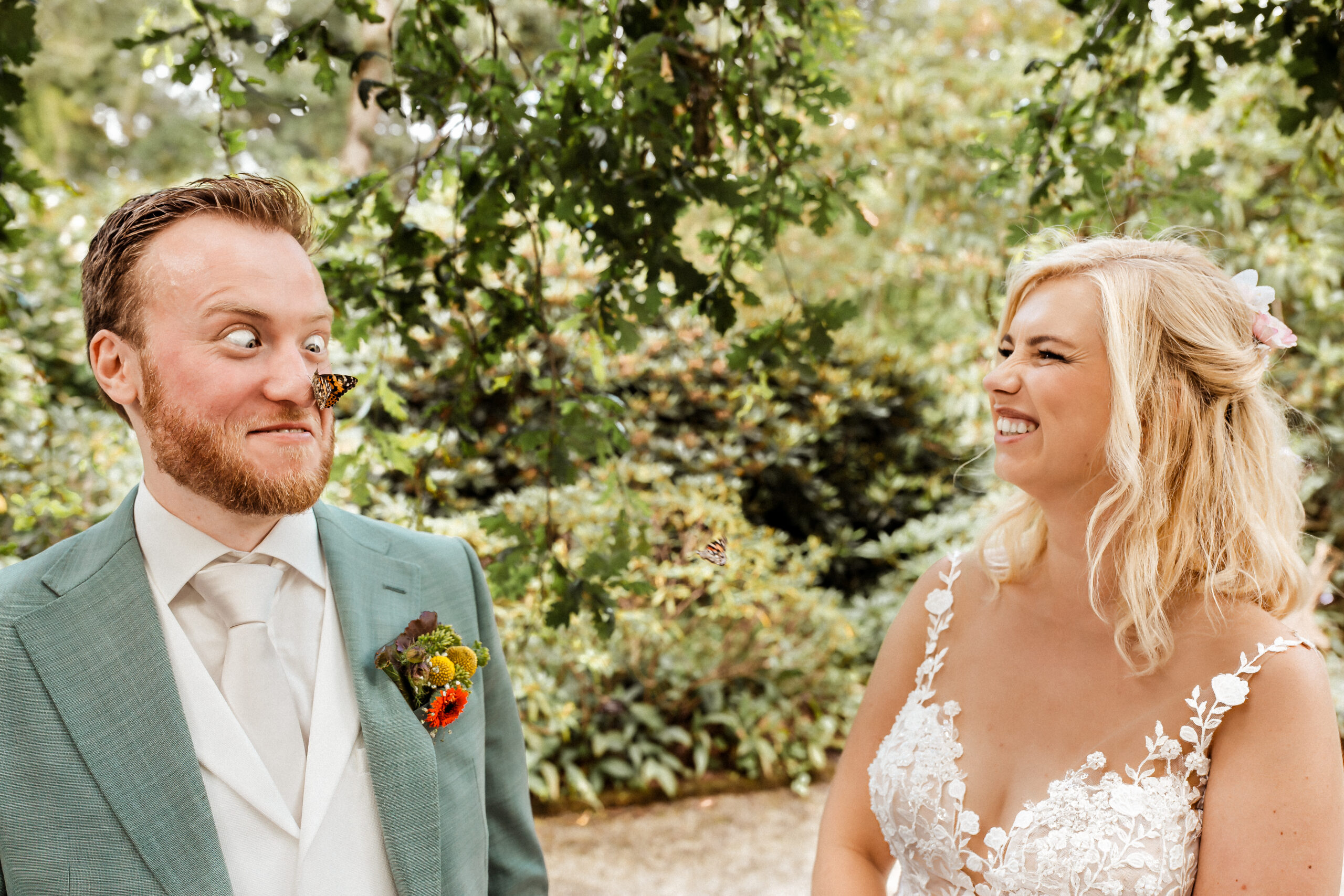
Even with group photos, you can bring in spontaneity. I like to direct with small concepts. When time is short or couples want something fun instead of stiff group portraits, I seat the couple on a bench or chairs and have the guests form small groups to photo-bomb them within five seconds. The first round is just for fun, the second is for the crazy shot, and the third is what I call the ‘Emmy Award’ moment. That’s when the magic happens, people cartwheel by, pretend to give birth, or use props for extra energy.
Of course, this doesn’t work with every crowd. As a photographer, you need to read the room and know when to push and when to let people be. But when the energy is right, those moments become some of the most memorable photos of the day.
How did you assemble a team of photographers who can shoot with a consistent style and tone and don’t get in each other’s ways?
Our team consists of five photographers, five videographers, and one person dedicated to marketing—my fiancee. When building the team, I always look at people’s personalities and strengths. I talk to our couples to understand what kind of energy they prefer, do they want someone who takes charge and directs, or someone who blends quietly into the background. Based on that, I match team members accordingly.
You can’t have two strong directors working side by side all day, you need balance. One might lead, while the other works more discreetly. A good photographer knows when to take control and when to go into what I call chameleon or ninja mode.
For not getting in each other’s way, communication and positioning are key. On a wedding day, we often work with two photographers and two videographers. During the vows, for example, one videographer always focuses on the person speaking because they need that clean audio and lip-sync. I then focus on the person listening, capturing their emotional response. The other two team members might shoot wider from behind, creating depth and context.
We often use a half-moon or criss-cross formation so that we’re never in each other’s frame. Sometimes one person handles ground-level coverage while another shoots from above, giving us two distinct perspectives without interference. We discuss in advance what we want to achieve and how we’ll approach it. Everyone has their lane, but also enough creative freedom to make the day their own.
In terms of consistency, the overall tone and mood are always unified during post-production. I personally handle the editing, which ensures that the final look and feel remain cohesive across all weddings. As long as clear guidelines and references are established, it’s possible to maintain the same visual identity even when multiple editors are involved.
What’s one personal or creative goal you’re working toward this year?
I always set two types of goals for myself, one personal and one organisational. I like to formulate them using the SMART method so they’re measurable and realistic. For the business side, we track things like KPIs, the number of leads, website visitors, conversion rates, the number of weddings and events we’ve covered in a year, our marketing spend, and long-term growth plans.
But to keep it simple, I’ll focus on my personal goal. This is my tenth year as a wedding photographer, and I’ve now captured over five hundred weddings. I still love this craft as much as the day I started, it has grown from a passion into a career that feels deeply personal.
Last year, I was named the ‘Best Wedding Photographer of the Benelux’. Right now, I’m in the running for the highest global recognition in the industry, the ‘Fearless Photographers Top of the World’. If I win, I’ll be able to call myself the best wedding photographer in the world—a dream come true.
Another goal for the coming years is to teach workshops in some of the world’s most breathtaking locations, places that are visually powerful and rich in photographic potential. I’ve already hosted multiple after-wedding shoots in Iceland, but I want to expand this concept globally.
This summer, I’ll be in the Dolomites, and in January, I’ll return to Venice for our Valentine’s campaign. Last year, we did one in Paris. Future destinations include Cappadocia in Turkey, with its surreal sunrise views of 150 hot-air balloons over the valleys of Göreme and Uçhisar Castle. The salt flats, the canyons, the lantern-filled carpet shops, it’s a visual paradise. I also dream of creating after-wedding shoots in Kyoto, Santorini, and the desert. My goal is to offer truly epic, next-level experiences for couples in the most photogenic places on earth.
What’s the most beautiful lesson weddings have taught you about love or human connection?
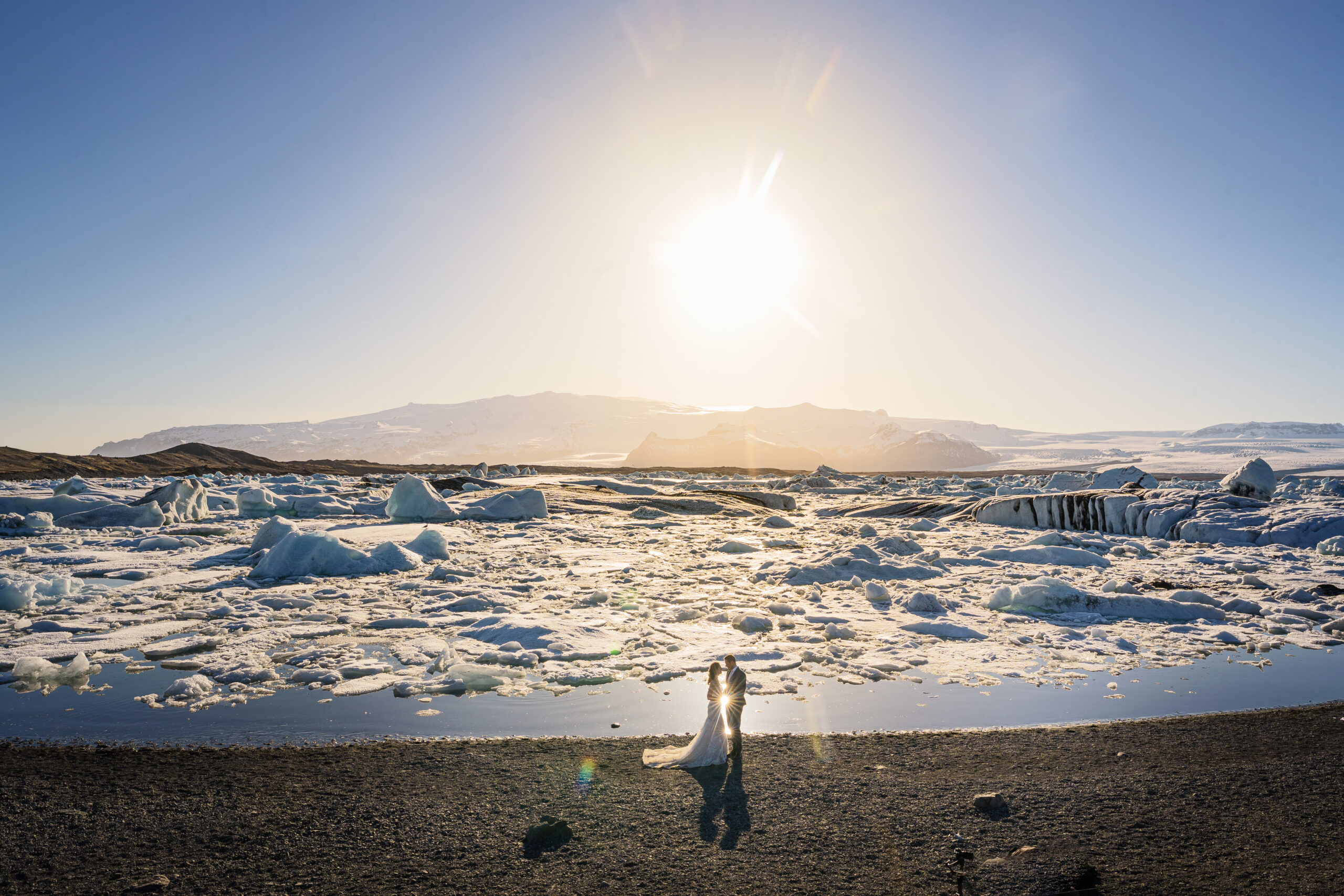
When I first started in this industry, I honestly saw weddings as a bit of a commercial affair. Sometimes it even felt like a performance. But as I photographed more and more, especially during the pandemic, my perspective changed completely. Even when celebrations were small, love still found a way.
I saw how love outlasted chaos, and that moved me deeply. Over the years, I’ve come to truly believe in its strength. Love always wins, and it deserves to be celebrated. Today, I think weddings are the most beautiful kind of event there is.
But I don’t believe the celebration should be limited to just one day. The journey toward it should be enjoyed just as much. And the memories that come out of it are worth cherishing for a lifetime.
What I find especially beautiful, when I look at all the cultures I’ve photographed, is that no matter where people come from, love brings everyone together. People travel across the world to be there for one another. That’s what love is about. It doesn’t matter where you are or what’s happening, in good times and in bad, love always prevails, and people will always want to celebrate it.
A wedding happens when you’re in the prime of your life. Everyone is at their best, and you’re there, fully present, to share that connection with the person you choose for life.
Whether or not you believe in marriage, I think life is always richer when you have a partner by your side. It’s more joyful, and when one of you struggles, the other reaches out a hand. You share the happiness, you share the burden, and that’s what makes love and life so powerful.

